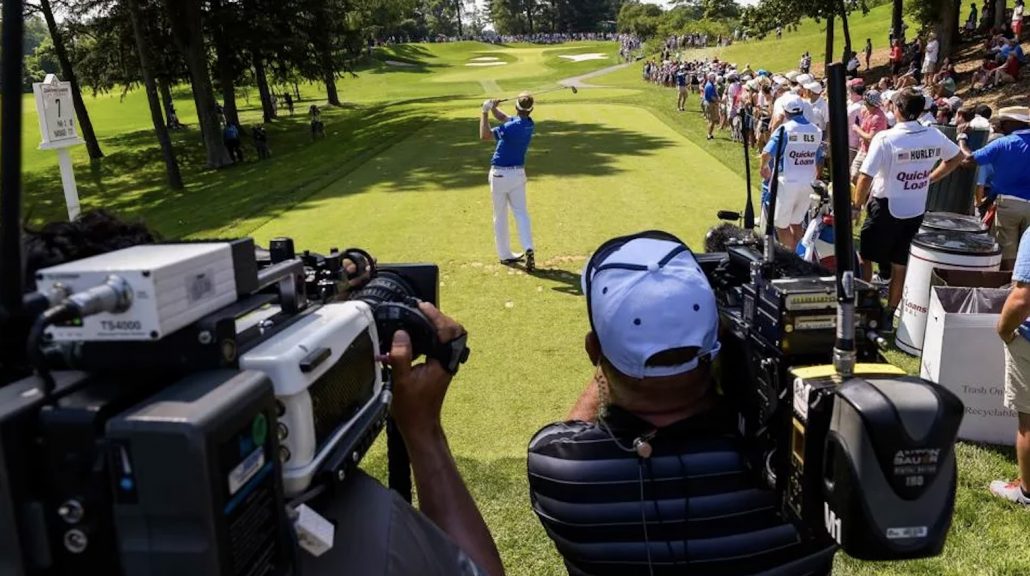Here’s a simple question for you: Are you spending more, less, or the same time watching live PGA Tour golf on TV?
The answer has more than one fork in the road. Official figures from The Masters, the first men’s Major of the year, show that it received the lowest viewership since Hideki Matsuyama’s 2021 win at Augusta (the second of two ‘Covid years’). And those figures for the final Sunday in April when so many reckon The Masters only ‘starts’ amounted to 9.58-million viewers, the lowest since 1993.
So, while the simple answer to the initial question is clear, generally speaking, fewer people are watching PGA Tour golf on TV.
Strap on the harness, because this is a rabbit hole you’ll find hard to escape from.
The fact is that TV audiences are down and this, in itself, could be for a variety of issues, with one of them being Scottie Scheffler. The world No 1 is no Tiger Woods in terms of personality, although he is becoming as dominant as Tiger was in the glory years. But, while he’s said to be a lovely guy, he lacks charisma. All sports suffer from this dip when an icon departs.
There’s also the LIV Golf factor, a Saudi creation that was supposed to ‘Grow the Game’. Except, it has marginalised audiences, although given the increase in golf memberships and higher numbers when it comes to manufacturers’ sales, they would argue that they have succeeded in growing the game.
What is undeniable is that golf fans are now tired of the ongoing ‘war’ between the PGA Tour and LIV Golf. Interestingly, the latter released their own TV figures in February, where they announced that a record 432,000 viewers watched Joaquin Niemann win in Mayakoba. LIV Golf has hardly made a dent in TV viewership.
However, perhaps there’s a more obvious answer to the sharp fall in those watching live golf on TV. And it’s staring you in the face. Literally, as they say.
I keep mentioning TV. That in itself introduces the elephant into the lounge – streaming devices, both handheld and, shock, horror, though the laptop or TV.
Those kind of stats are still in their formative stages, but while TV viewership is down, that doesn’t mean fewer people are actually watching live golf. We just don’t have the details right now to provide an accurate assessment.
What we do know is that expensively assembled apps have changed the live watching experience for many, one would assume those among the younger generation. Which in itself is a pointer of things to come.
Some of these thoughts came into my head while watching The Masters (on TV). The absence of cellphones in the galleries was a throwback to the days when people who went to the golf course actually watched the players hitting their shots without it being through their phones. Next time you watch golf, look around and see how many people are missing out on the real experience by seeing things through the cameras on their phones.
However, elsewhere, it’s becoming more and more through hand-held devices and apps. They reckon the amount of breakaway TV advertising, the cutback to old farts in the studio, and TV ‘analysts’ stating the obvious, has helped lead the big switch-off.
With apps, one can watch any given player at any one given time – Formula One is going that way, and Max Verstappen’s dominance is only going to increase that trend – and without someone like Tiger to command most attention, consumers are diversifying the way they’re digesting the content.
They’re also interacting a lot more on social media platforms like X during the tournament itself, changing viewership patterns. Perhaps that’s the same for most, but golf is to be applauded for actually providing details for TV ratings. Good luck with getting those TV figures for live sports in South Africa.
– This column first appeared in the June 2024 issue of Compleat Golfer magazine.









